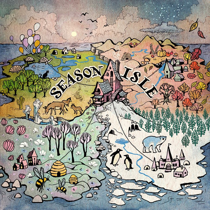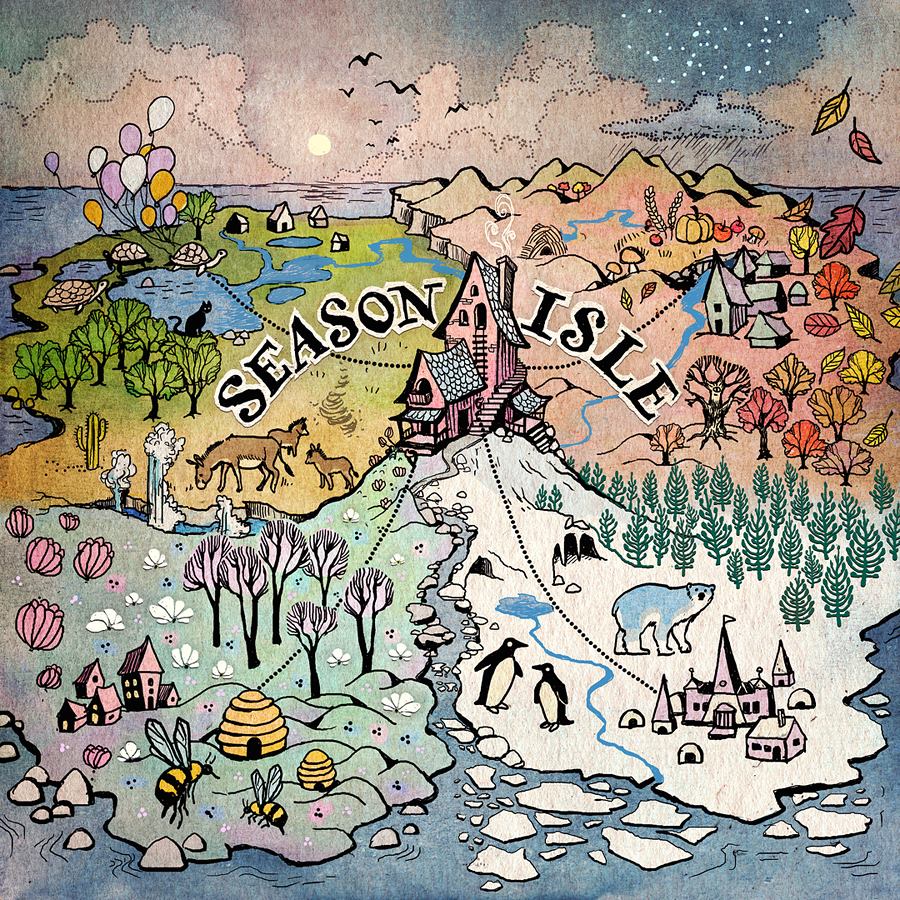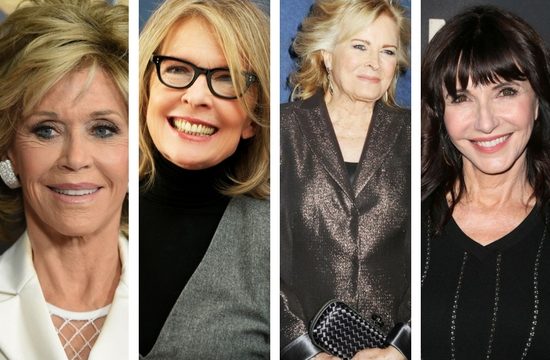NR: When we hear something, we hear it with two ears but the shape of your face and mask of your head creates a filter. HRTF, Head Related Transfer Function, considers how your head affects sound when it arrives at your ears.
With Dolby Atmos, engineers can use a software model of the HRTF in post, which creates the difference of what the right and left ear hear based on what’s between them. Way to go, technology!
As Nat pointed out, both methods have strengths and weaknesses:
DUMMY: When recording with a dummy head, you have to position your actors precisely where you want them in 3D space, and once recorded, you can’t change that in post. “You need to choreograph the scene around the head which takes a tremendous amount of pre-production.” – JB “If you’re recording with a dummy head, you can’t do pick-ups. If the actor is standing in a slightly different spot, the sound will jump around your head in an unpleasant way.” – NR
DOLBY: With synthetic/binaural software, everything can be done in post-production. You can take a normal mono recording and place it anywhere around someone’s head. You can move it in 3D space and manipulate the spatial quality.
So now that we’re all on the same page...why use binaural?
NR: Binaural helps tell a story better. You’re given context on the screen i.e. if two people are talking in a gym, you see them there and your mind expects you to hear them there. These are more than fancy tools to play with -- in an audio only experience, it’s critical to have these tools to make the story compelling.
JB: Virtual reality increases your empathy with the story being told; the same is true with 3D audio in an audio-only program. When it seems more realistic, you feel more invested in what the characters are feeling.























